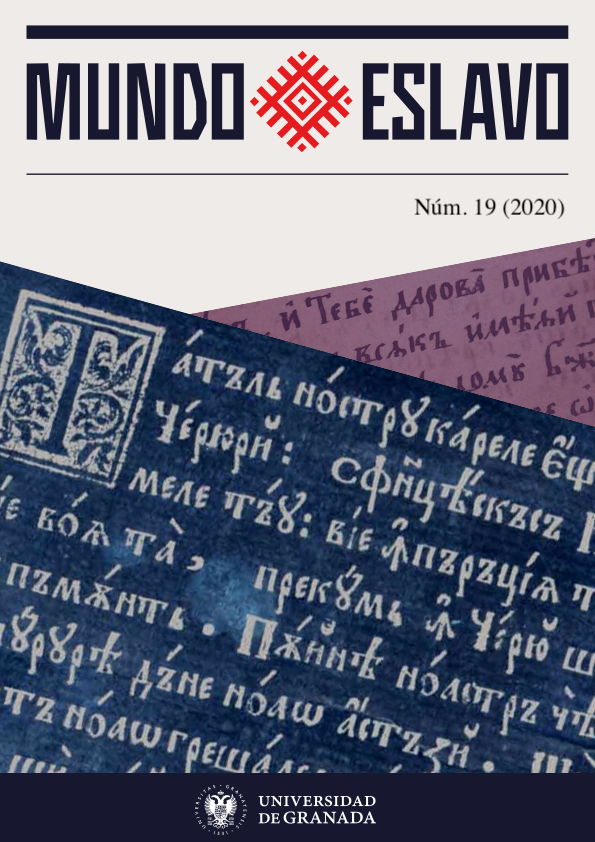The I as the Eye: on Poetics of Ruins in I. Brodsky’s essay Homage to Marcus Aurelius
Palabras clave:
Iosif Brodsky, ruins, modern subjectivity, textual “I”, Marcus AureliusResumen
The main aim of this paper is to offer a possible interpretation of meanings attached to ruins as image and metaphor in Brodsky’s essay writings, or, to be more precise, in Homage to Marcus Aurelius (1994), one of the essays that sets its narrative world at the ruined world that surrounds the narrator, elicit ambivalent sense of time and provoke complex thoughts of history as eternal cycle and dialectic process. Departing from the premises that ruins emancipate from social constraints, free senses and desires, enable introspection and foster creativity, I will expand the well-established thesis according to which Brodsky’s writings is structured on image of time as irretrievability and irreclaimability, which, in his writings, reverberates and re-creates an experience of continuous failure to discipline the memory, thus making any return impossible. Moreover, my aim is to show that the approach to Brodsky’s essays from the perspective of the analysis of ruins can offer us much more: for example, it can offer valuable insights into his understanding of the agency of authorial modernist voice in literature. Where, in a work of art, is the writer’s voice located? What does it mean to see and to write, and what does it mean to read? What role, in this process, is assigned to tradition, “eternal values” and cultural heritage?
Descargas
Descargas
Publicado
Cómo citar
Número
Sección
Licencia
Los autores conservan los derechos de autor sobre sus trabajos y garantizan a la revista el derecho de ser la primera publicación del mismo. Los artículos se publican bajo la licencia Creative Commons Atribución-NoComercial 4.0 Internacional (CC BY-NC-SA 4.0), lo que permite a los lectores y otros investigadores copiar, redistribuir, remezclar, transformar y construir a partir del material, siempre que se respeten las condiciones establecidas.













